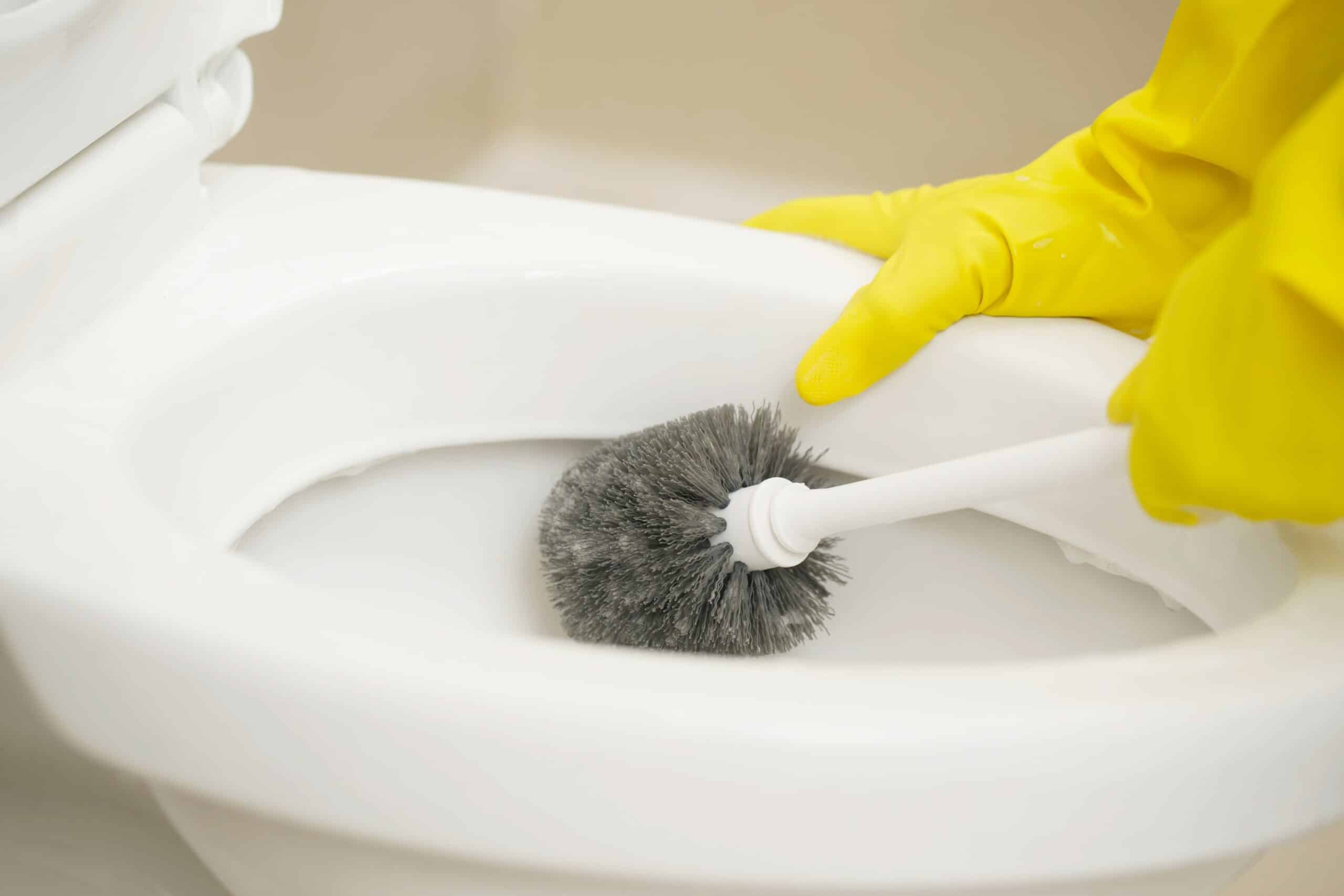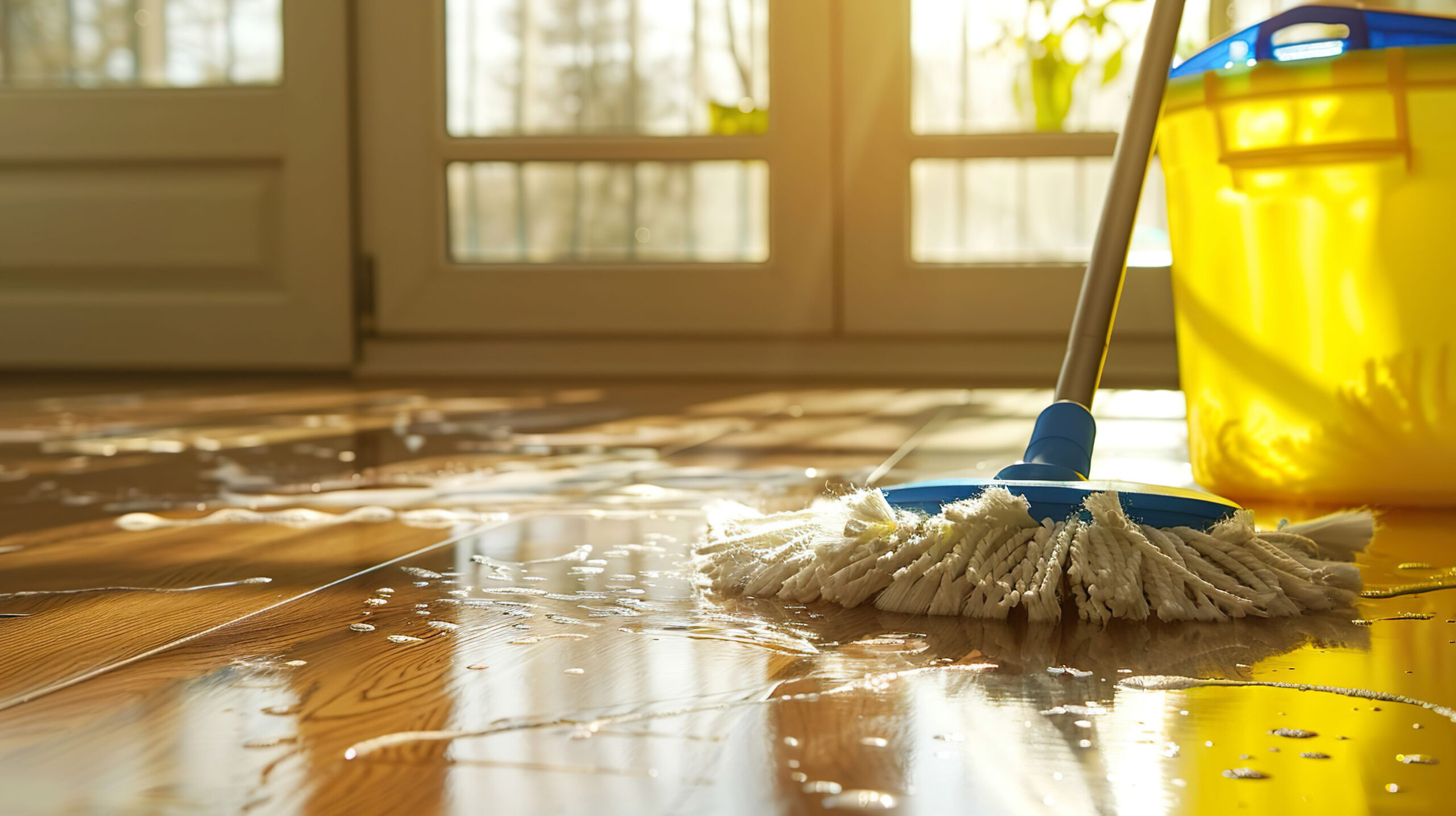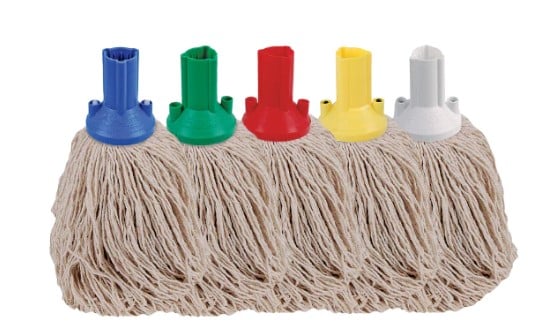Bathrooms in care homes present one of the highest infection risks. They are used frequently, hold moisture, and provide multiple high-touch points. Without strong routines, these spaces can spread germs quickly among vulnerable residents. That’s why every care home needs a clear, consistent process that staff can follow. This article provides a practical infection control bathroom cleaning checklist for care homes. With the right tools, techniques, and supplies, managers can protect residents, support compliance, and create safer environments.
Step 1: Gather the Right Equipment and Chemicals
Preparation makes cleaning more effective. Staff should always begin with:
-
Colour-coded cloths and mops to prevent cross-contamination (for example, red mop heads for bathrooms, blue for general areas). See our Exel mop heads for a simple, effective solution.
-
Disposable gloves and aprons for staff protection.
-
Approved disinfectants for healthcare settings.
All chemicals should be stored safely, clearly labelled, and used under COSHH rules. For official guidance, review the HSE’s COSHH advice.
Step 2: Ventilate the Bathroom Before Cleaning
Good airflow reduces airborne germs and supports infection control. Open windows if possible, or use extractor fans. Adding ventilation to your infection control bathroom cleaning checklist for care homes ensures chemicals work effectively and spaces dry faster.
Step 3: Remove Waste First
Start by emptying bins and removing any waste. Seal bags tightly and replace liners immediately. This step reduces cross-contamination and keeps the space clear for deeper cleaning.
Step 4: Clean High-Touch Surfaces Thoroughly
Focus on the areas staff and residents touch most:
-
Door handles and grab rails.
-
Toilet flushes and seats.
-
Taps, light switches, and dispensers.
Disinfect these points with the correct cloths and solutions. Always use separate cloths for bathrooms and replace them regularly.
Step 5: Clean Toilets and Basins in Order
Work methodically from clean to dirty. Start with sinks and move to toilets. Use different cloths or mop heads for each fixture. Apply disinfectant, scrub properly, and allow enough contact time so germs are destroyed.
Including this step in your infection control bathroom cleaning checklist for care homes ensures consistent, safe results.
Step 6: Mop Floors Correctly
Floors carry significant infection risk. Use a colour-coded mop system with a fresh disinfectant solution. Work from the far corner back toward the door so you don’t walk over freshly cleaned areas.
For efficiency, many care homes use cleaning carts to keep cloths, mops, and chemicals organised in one place. Adding the right cart to your checklist saves time and keeps infection control products separate.
Step 7: Restock and Inspect the Area
Refill soap dispensers, restock paper towels, and replace toilet rolls. Then check the bathroom thoroughly: no streaks, no odours, and no missed spots. This final inspection step ensures residents always return to a safe, fresh environment.
Step 8: Record and Review Cleaning Tasks
Consistency matters. Use cleaning logs to record each bathroom clean and review them regularly. Logs provide accountability for staff and clear evidence for inspections.
Why a Bathroom Cleaning Checklist Matters
A written infection control bathroom cleaning checklist for care homes ensures:
-
Consistency — staff follow the same routine.
-
Compliance — homes meet infection control requirements.
-
Resident Safety — bathrooms stay hygienic and low-risk.
-
Staff Confidence — training and daily work become clearer.
To support your infection control efforts, we provide a wide range of cleaning supplies and free hygiene assessments. With the right products and expert guidance, your team can maintain safer care environments.
Conclusion
Care home bathrooms need extra attention. They combine high usage, moisture, and many touch points, all of which increase infection risks. However, with a clear infection control bathroom cleaning checklist for care homes, staff can follow a simple, effective process every time.
From mop systems to cleaning carts and professional cleaning supplies, Able supports care homes with the products and advice needed to keep residents safe. Book a free hygiene consultation below to learn more!
Infection Control Bathroom Cleaning Checklist for Care Homes FAQ’s
2) What colour coding should we use for bathroom cleaning?
Use a colour-coded system (e.g., red for bathrooms) for cloths, mops, buckets, PPE, and storage to prevent cross-contamination.
3) Which PPE should staff wear?
Disposable gloves and aprons as a minimum; follow COSHH guidance and product labels for any additional PPE requirements.
4) What order should we clean in?
Work clean to dirty and high to low: high-touch points → sinks → toilets → floors. Use separate cloths/mop heads for each area.
5) Do disinfectants need contact time?
Yes. Follow the manufacturer’s stated dwell time so the product can effectively kill microorganisms.
6) How often should bathroom floors be mopped?
Daily at minimum, and immediately after visible soiling or outbreaks. Use fresh solution and a colour-coded mop each time.
7) How should waste be handled?
Remove waste first, tie bags securely, replace liners, and store waste in designated areas per local policy and COSHH.
8) What records should we keep?
Maintain bathroom cleaning logs, COSHH risk assessments, product Safety Data Sheets, and staff training records for audits.





